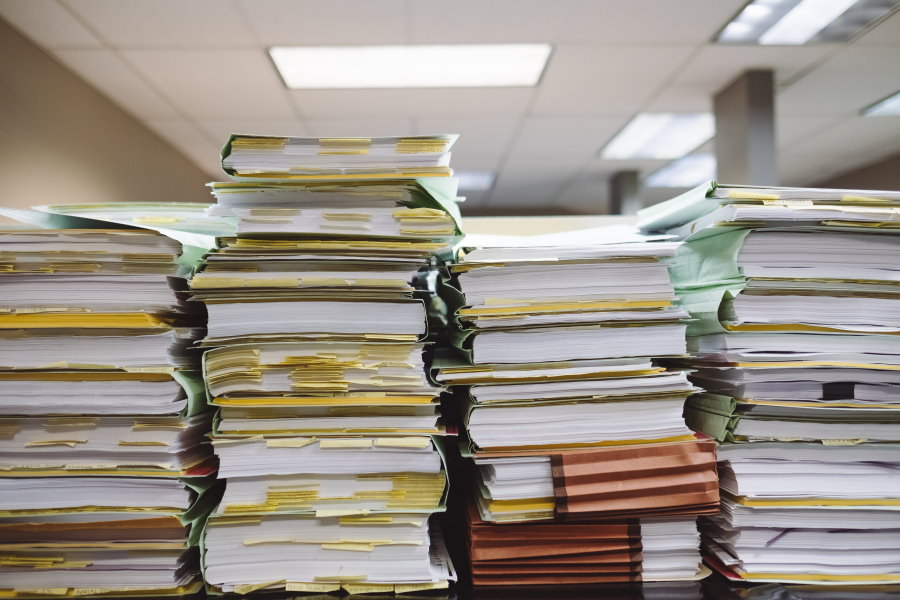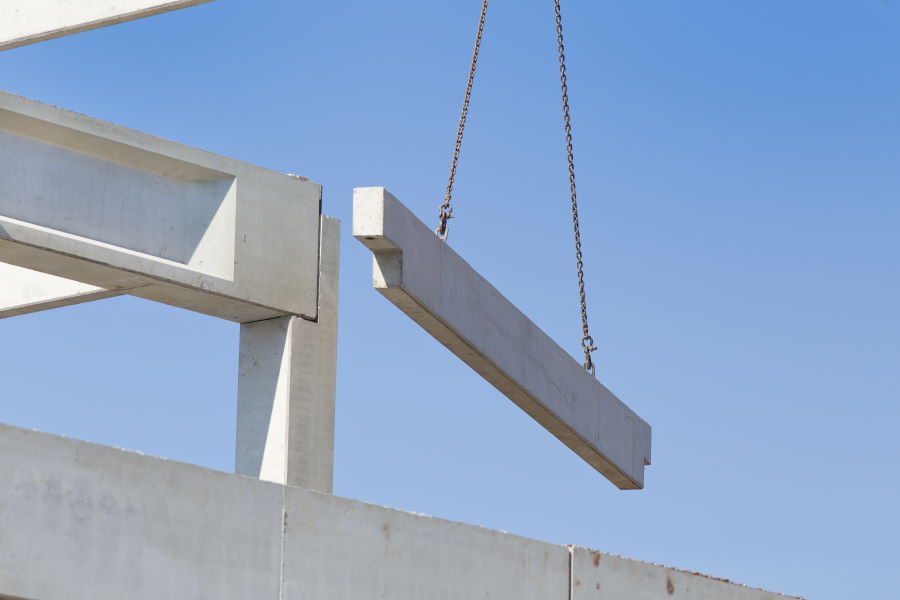When it comes to tenders, whether you’re an old hand or a relative newcomer, understanding how the tender process works is a key factor in winning contracts.
And after reading this article, we hope you’ll have gained some new insights into procurement methodology that help lead you and your company to its next successful tender!
The two parts of the tender process.
There are two distinct parts to the tendering process: the first part is your Client’s process, and the second, is yours as the bidder. Understanding how these two sides of tender opportunities come together is the key to unlocking the magic of great tender submissions.
The golden rule: patience is a mandatory requirement.
If you are new to open tenders, you need to know that the procurement process may begin many months, sometimes even years, before a tender request or actual tender documentation is publicly advertised or released to potential suppliers, such as yourself.
However, as we’ll discuss below, this can work in your favour too. It provides your company with the opportunity to highlight and align its own achievements and solutions with what you know the client’s goals and values to be, so maximising the potential for a decision in your company’s favour.
Your Client’s tendering process steps.
Below are the steps most companies or government agencies will take towards releasing a request for tender to potential bidders or vendors. From the responses they receive, they will then make an informed decision on who to award the contract to.
1) Your Client outlines their procurement process must-haves and preferences.

Once the need to go to market for the procurement of goods or services has been identified, the client’s tender processes team will begin talking to key stakeholders and influencers.
They’ll begin making general enquiries and request feedback from industry to outline specific requirements for the tender, looking to determine a consensus on the most important wants and needs for their business. This feedback will then be integrated into the evaluation criteria for all the tender responses to be measured against.
This first stage of their planning process can often be difficult and time-consuming, and there will be many moving parts that need to align.
The importance of understanding this is that if you and your organisation are trying to change what they want or need, perhaps, to perhaps better align with what you are offering, for example, your Client may weigh up the difficulty of reaching that consensus against the benefits you are offering.
So, if your organisation gets in first, i.e., before the tender is published, you may be able to influence what your client wants or needs and improve the chances of your company winning the contract. In this situation, the client’s own procurement people, rather than its decision-makers, may finalise the organisation’s tender documentation.
2) Your Client prepares the tender documentation
If the client’s tendering process is not so cut and dried, they will arrange for the creation of tender documents to be reviewed and then approved by their key stakeholders, such as their legal, technical, and operational teams.
This step will also outline the likely procurement method of the tender, for example:
- Expression of Interest (EOI),
- Request for Information (RFI),
- Request for Price (RFP),
- Request for Quote (RFQ),
- Request for Tender (RFT)
In certain industries, particularly when construction projects are involved, this draft contract may also be issued with variants of these methods combined.
3) Your Client assembles its tender evaluation team

Responsible for overseeing your Client’s tender evaluation process, this team creates and implements the working plan that ensures the created tender documents capture all aspects of their requirements.
This will involve detailing and recording decisions made during the process, along with the project management of many specialists, including external evaluators and probity advisors, who seek to ensure fair and equal treatment for all bidders.
4) Your Client issues the tender documents
This step will also involve answering questions from potential suppliers and clarifying aspects of the tender document that may need to be changed or updated, as a result. For example, if there was an unintentional omission or ambiguity in the original tender document.
5) Your Client reviews tender responses and decides which suppliers to shortlist
Here, your client will start engaging with bidders and carrying out additional evaluation process activities: requesting a short-listed supplier make a presentation to the evaluation team or prepare certain pricing scenarios (e.g. volumes or types of products and/or solutions), or potentially arrange a site visit by the client’s tendering process team to the supplier’s location.
Need help preparing your tender presentation?
Let us help you win that tender! Get in touch with our tender presentation coaching specialists for a free 30-minute assessment.
6) Your Client’s decision-makers finalise and announce the bid winner
Normally, at this point, your Client’s tender evaluation team will finalise negotiations with the chosen supplier(s), then progress to signing off contracts before announcing the winning vendor and starting the project.
Your company’s tender process
OK, now let’s look at your company’s processes for responding to the tender’s evaluation criteria.
1) Positioning your company for the opportunity

When your Client is working out what they want, this is an opportunity for your company to engage with them to help them clarify what they want – and at the same time perhaps nudge them to prefer your company’s products and services.
So, before the Client’s tenders team finalises what they want, your company should seize the opportunity to show the client how your products and services may benefit them over your competition.
This can include better project delivery times, better cost and/ or payment terms (i.e. value for money: it’s not always the best price tender that wins the bid!), or previous contracts awarded.
During this step, you will also want to understand – at least in broad terms – what your Client’s wants and needs are, and when they will likely want to start the new contract, so you can start preparing for how you’ll win that contract.
For example, you may need to partner with other companies for specialist services to enable you to offer the capabilities required, or you may need to hire new people for your team (e.g., technical specialists and/or operational staff) or at least secure their help as contractors.
2) Create your tender response team
Prepare your tender bid team and start planning for their availability during the likely response timeframe.
This often involves allocating resources and backfilling people who will be seconded into your tender response team, including managing expectations around annual leave or organising senior managers to be available to sign-off on the tender prior to submission.
Critical preparation steps
- Get support people booked in (at least tentatively) – bid writers, bid evaluators and graphic support people.
- Begin preparing common documents ready that you’ll need in any type of tender: Client testimonials, awards, accreditations (e.g., safety, quality and environment, for example), along with successful project summaries, previous contracts awarded and case studies.
3) Have your bid team’s tender process ready to go
When your Client releases their tender documents, the most important parts of your company’s procurement process are as follows:
Creating your own tender response plan that includes writing and review milestones (we call these Bronze, Silver and Gold reviews. Bronze is the first draft, Silver is the second draft and Gold is your final documents for submission.)
At this point, it may be worthwhile to seek professional advice, as an experienced eye will often spot things you may not even have been aware you missed!
Why not have our 30 years of tender submission experience review your response?
Get in touch with our tender submission evaluation team for a free 30-minute assessment. We can help you win that tender!
Brief your bid team on what the tender documents say and agree on your key competitive differences.
Get your bid writers started: it’s relatively easy to edit drafts, so the focus should be on the tender writers starting writing early in your process.
Conduct your milestone reviews to ensure you identify problems early. In our experience, we find three common problems with tender responses are:
- Subject matter experts struggling to write their responses due to their ‘day jobs’ taking priority.
- Tender writers struggle to write their responses because they don’t yet have a solution to what the client is asking for.
- Writers procrastinating (we are all human!).
Also, submit your tender response on time! It’s very tempting to ask your Client to extend the closing date but that causes your Client’s evaluators to have to seek permission from their decision-makers: this is a difficult conversation for them to have, so you don’t want to be THAT company.
Answer clarification questions from your Client’s evaluators carefully and promptly.
Get your tender presentation team ready: it’s quite common for your Client’s evaluators to only give you a couple of days’ notice for your team to develop and deliver a presentation that addresses specific questions from your clients’ evaluation team.
In summary
There are business opportunities abound in the world of tenders. Understanding a potential Client’s tender process – and so ensuring your own tender response is in lockstep with their evaluation criteria is a critical success factor in winning what could be a valuable contract for your company.
So, always look to get ahead of a clients’ tendering process, for while you may be left wondering what is taking so long – if you do not, there’s a risk you could submit a below-average response which may reflect poorly and see you excluded from further consideration by your Clients’ decision-making team.
How To Win A Tender: Our 5 Top Tips
Tender Support Services: What They Are And When To Use Them
Have a tender you would like to talk to us about?
Contact us now for your free half-hour consultation and take the guesswork out of winning tenders!


